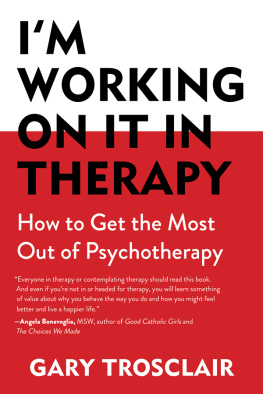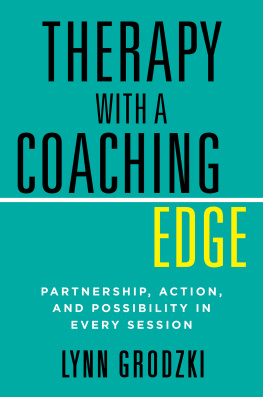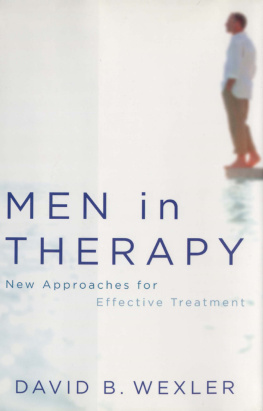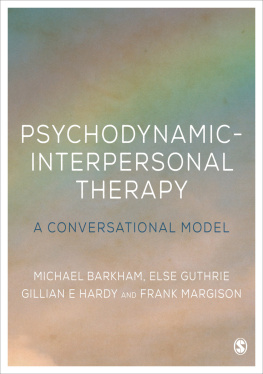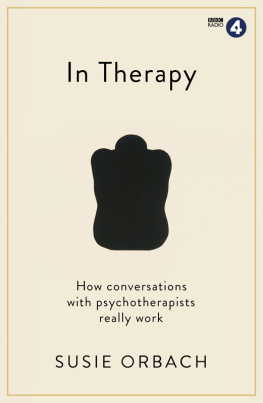Copyright 2015 by Gary Trosclair
All rights reserved. No part of this book may be reproduced in any manner without the express written consent of the publisher, except in the case of brief excerpts in critical reviews or articles. All inquiries should be addressed to Skyhorse Publishing, 307 West 36th Street, 11th Floor, New York, NY 10018.
Skyhorse Publishing books may be purchased in bulk at special discounts for sales promotion, corporate gifts, fund-raising, or educational purposes. Special editions can also be created to specifications. For details, contact the Special Sales Department, Skyhorse Publishing, 307 West 36th Street, 11th Floor, New York, NY 10018 or .
Skyhorse and Skyhorse Publishing are registered trademarks of Skyhorse Publishing, Inc., a Delaware corporation.
Visit our website at www.skyhorsepublishing.com.
10 9 8 7 6 5 4 3 2 1
Library of Congress Cataloging-in-Publication Data is available on file.
Cover design by Eric Kang
Print ISBN: 978-1-63220-448-6
Ebook ISBN: 978-1-63220-748-7
Printed in the United States of America
Cartoons used by permission, as follows:
Alex Gregory /The New Yorker Collection/www.cartoonbank.com
Charles Barsotti /The New Yorker Collection/www.cartoonbank.com
Danny Shanahan /The New Yorker Collection/www.cartoonbank.com
David Sipress /The New Yorker Collection/www.cartoonbank.com
David Stein /The New Yorker Collection/www.cartoonbank.com
J.B. Handelsman /The New Yorker Collection/www.cartoonbank.com
Michael Crawford /The New Yorker Collection/www.cartoonbank.com
Mick Stevens /The New Yorker Collection/www.cartoonbank.com
Mike Twohy /The New Yorker Collection/www.cartoonbank.com
Leo Cullum /The New Yorker Collection/www.cartoonbank.com
Robert Mankoff /The New Yorker Collection/www.cartoonbank.com
Contents
Dedication
For all those who have worked with me, in appreciation for your trust, and your commitment to an endeavor that benefits us all.
Preface
So what am I supposed to DO ? What do I have to do to change? It was shortly after Id finished my postgraduate training when Edward, a sturdy young account manager sitting across from me in my office, asked these questions. Hed come to therapy to address his reactive anger and what he recognized as an otherwise shut-down emotional life. I told my friends Im working on it in therapy, but to be honest, I have no bloody idea what that really means. This was his third month in therapy and we were beginning to gain insight into some of his issues. He was eager to make progress and was willing to work, but he was at a loss as to what he needed to do to make therapy effective.
I had to sit back and reflect. It seemed like it should be an easy question, one that I should be able to answer immediately. But the training and study I had done hadnt focused on what the client needed to do; we had focused only on our role as therapists.
Thinking on the fly, I told him that his job was to bring himselfeach and every part of himselfinto our meetings as completely as possible, to tell me about every little scrap of joy or frustration or vulnerability or any other feeling that flashed across his screen before it got deleted by his censors. But I also wanted him to contain these feelingsnot to react to themso that we could get to know them first. I told him that he was already doing that by being direct with me about his frustration. I also suggested that we both get very curiouswithout judgmentabout the patterns and the stories that went along with these emotions, not to get lost in the details, but to try to keep the big picture in mind so that we could challenge those stories when we needed to. I told him that there would be more he could do, but that would make for a good start.
Since then many clients have asked me what they need to do to make the process successful, and many have asked me to recommend a book to help them understand the process. I appreciate their willingness to take an active role in the work, and I try to give them some guidelines about how to make the best use of their experience in therapy. But Ive found that anything other than the briefest instructions in session can be onerous and disruptive, and Ive never found a book that I felt I could recommend to explain what they needed to do to make the process effective. Plenty of books tell the therapist what to do, and many other books give hints about what clients might need to talk about in therapy to deal with their specific issue. But clients are generally left with little guidance and many questions about how to actually proceed:
What are people doing in their sessions when things are going well?
How do I know if Im making the best use of my investment there?
Is there anything that I need to do, or is it the therapists insight and empathy that will change me?
Should I vent or be objective and analytical?
Is there anything Im supposed to do outside of the session?
When I first considered writing a book that would answer these questions, I had my misgivings. Therapy is ideally an organic process; it flows spontaneously and whatever arises in sessions serves as the basis for the work. I didnt want to disrupt that spontaneous flow with instructions. But the more I thought about it, the more it seemed to me that a guide to psychotherapy could actually help clients to see the value of first being spontaneous and then reflecting on whatever came up, and that I could encourage them to dive in and use both.
So what does it mean to work on it in psychotherapy? This book is an answer to these questions and similar ones that Ive heard from clients in the years since Edward first prompted my interest in the subject. Ive written Im Working on It in Therapy: How to Get the Most Out of Psychotherapy to demystify the clients role in psychotherapy so that those of you who are in therapy can make the most of your experience. Ive also written it so that those of you who are considering entering psychotherapy can get a more realistic sense of what it entails. I offer it too as a resource for other therapists, that it might enrich your work, and that it might stimulate more thinking and discussion about how we can help our clients get the most out of psychotherapy.
This book will convey the clients role in therapy as Ive come to understand it through twenty-five years of practicing therapy and teaching the process to advanced students. I will share stories of what clients have done to make their experience in therapy successful, and stories from literature and mythology that demonstrate what heroes and heroines have done for millennia to achieve change. I will also draw upon recent research that helps us to understand how to use psychotherapy effectively.
I hope that this book will help you to use your therapist as a guide and partner in your own process of discovery. I believe that the human psyche has an innate aspiration to heal and grow, a constructive unconscious (which Ill describe in ). If you and your therapist are both enlisting this natural tendency, the energy that arises will be very productive. I also believe that taking an active role in improving our lives helps us to develop a powerful sense of mastery and agency that is in itself healing.
This book describes ten tools that you can use to work on it. Once youve finished reading it, you will have a very good sense of what you need to do in therapy to use it effectively. If at any point in your work you feel lost or stuck, Id suggest that you review the chapter headings and the summaries at the end of each chapter to see if there is a particular tool that you could exercise more to get things moving again.

